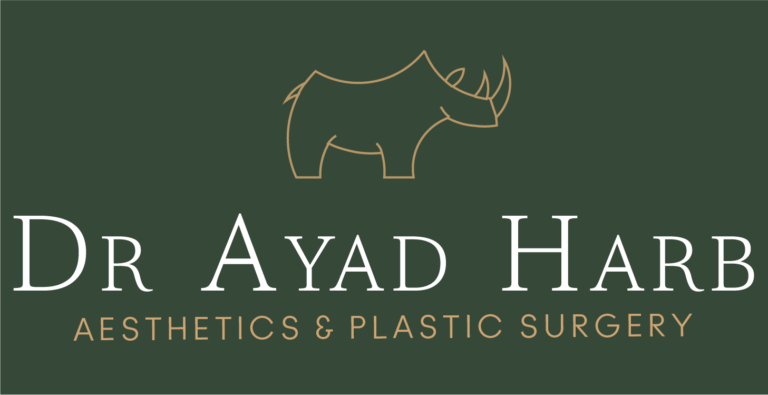Improving the shape and position of the ears using open or minimally invasive surgery
Prominent ears are a source of distress and insecurity for many patients. In most cases, the prominent ear lacks the normal folds, causing it to unfurl away from the side of the head. This can affect one or both ears. Ear surgery, also known as otoplasty or pinnapasty, can reduce the prominence and improve the shape, position or proportion of the ear. It is usually done as a local anaesthetic procedure.
In general, ear correction surgery is aimed at recreating the natural folds of the ear, allowing it to sit back in its natural position with a normal degree of projection. Options for prominent ear correction Correction of prominent ears can be performed by traditional open otoplasty techniques or using a modern technique called EarFold.
Otoplasty
Otoplasty or pinaplasty is the traditional, open surgical approach to prominent ear correction. It achieves this through an incision at the back of the ear to expose the cartilage and then reshape it using cartilage moulding or suturing techniques. A head bandage is worn afterwards, initially all the time and then at night. While most scars heal well, if you have a history of hypertrophic (lumpy) or keloid scars it is strongly advisable to mention this before surgery. This can put you at higher risk for developing raised scars after your surgery which are difficult to treat.
This surgery is often done in childhood but can be done for adults as well. It is generally best to wait until the child is at least 6 to 7 years of age to allow for growth and strength of the cartilage to take place. It is also advisable to wait until the child recognises the problem and wishes correction.
Who is suitable for otoplasty?
Patients wishing for correction of prominent ears, who are aged over 7 years of age and whose ear prominence is primarily or mostly due to a poorly formed antihelical fold (the fold of the ear that sits just inside the outer rim of the ear), may be suitable candidates for otoplasty. Dr Ayad specialises in minimally invasive surgery for the ears and other cosmetic surgeries. Dr Ayad will go through the options and details of all procedures at the time of your consultation.
Is otoplasty suitable for children?
Children who are good candidates for ear surgery are:
- Healthy, without a life-threatening illness or untreated chronic ear infections
- Over 7 years old, cooperative and follow instructions well
- Able to communicate their feelings and do not voice objections when surgery is discussed
Teenagers and adults who are good candidates for Ear surgery
- Healthy individuals who do not have a life-threatening illness or medical conditions that can impair healing
- Individuals with a positive outlook and specific goals in mind for ear surgery
- Nonsmokers
Ear surgery is a highly individualized procedure and you should do it for yourself, not to fulfill someone else’s desires or to try to fit any sort of ideal image.
What are the steps in ear corrections surgery?
Step 1 – Anesthesia: Otoplasty is generally performed under local anaesthesia. This means that you are awake but the area is numb so that you feel no discomfort.
Step 2 – The incision: Otoplasty is performed through a large incision at the back of the ear. The cartilage of the ear is then shaped to create the natural folds and set it back to its natural position. The shape is then maintained with sutures.
Step 3 – Closing the incisions: The incisions are then closed with dissolvable sutures.
Step 4 – See the results: Ear surgery offers near immediate results in cases of protruding ears, visible once the dressings that support the new shape of the ear during initial phases of healing are removed. With the ear permanently positioned closer to the head, surgical scars are either hidden behind the ear or well hidden within the natural creases of the ear.
Other plastic surgery operations for the ears
- Split earlobes, stretched piercings and other minor cosmetic concerns on the ears can usually be corrected using delicate plastic surgery techniques. These are common procedures with extremely satisfying results. If you have a minor cosmetic concern with your ears or earlobes, please get in touch and we will be happy to help.
